If you want to know about the staircase design or landscape garden or requirements for disabled persons in a building, please click the link.
Introduction
Norman Foster is a renowned British architect who has made significant contributions to the architecture industry through his innovative designs and sustainable approach. He is the founder of Foster + Partners, one of the world’s leading architecture firms. Foster’s designs are characterized by their sleek, modern style, and their incorporation of cutting-edge technology.

Foster is important because he has had a major impact on the field of architecture, both in terms of the design of individual buildings and the way architects think about sustainability and the environment. His work has been recognized with numerous awards and honors, including the Pritzker Architecture Prize, which is considered the highest honor in the field.
People should care about Norman Foster because he has created some of the world’s most iconic and innovative buildings, including the Hearst Tower in New York, the Millau Viaduct in France, and the Reichstag in Berlin.
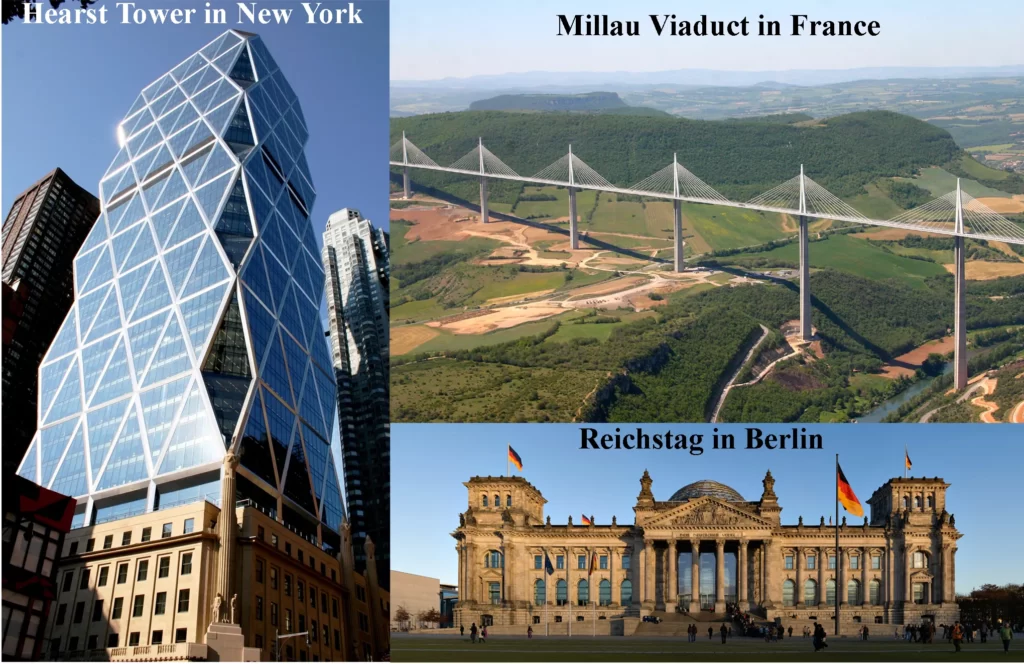
His designs have transformed the way we think about architecture and have helped to shape the skylines of cities around the world. Additionally, Foster’s commitment to sustainability and environmentalism has had a profound impact on the industry and on the way we think about the relationship between architecture and the natural world.
1) Early Life and Education
Norman Foster was born on June 1, 1935, in Manchester, England. He grew up in a working-class family and was interested in aviation from a young age. His father was a maintenance worker at a local power station, and his mother was a housewife.
Foster attended Burnage High School, where he excelled in math and science. He went on to study architecture at the University of Manchester’s School of Architecture and City Planning, where he earned a Bachelor of Architecture degree in 1961.
Foster’s education had a significant influence on his career. While studying at the University of Manchester, he was exposed to the work of modernist architects such as Le Corbusier and Mies van der Rohe, whose clean lines and functional designs would later inspire his own work.
After graduating, Foster worked for several architecture firms before starting his own practice in 1967. He quickly gained a reputation for his innovative designs and was commissioned to work on several high-profile projects, including the Willis Faber and Dumas headquarters in Ipswich, England, which is now considered a classic example of modernist architecture.
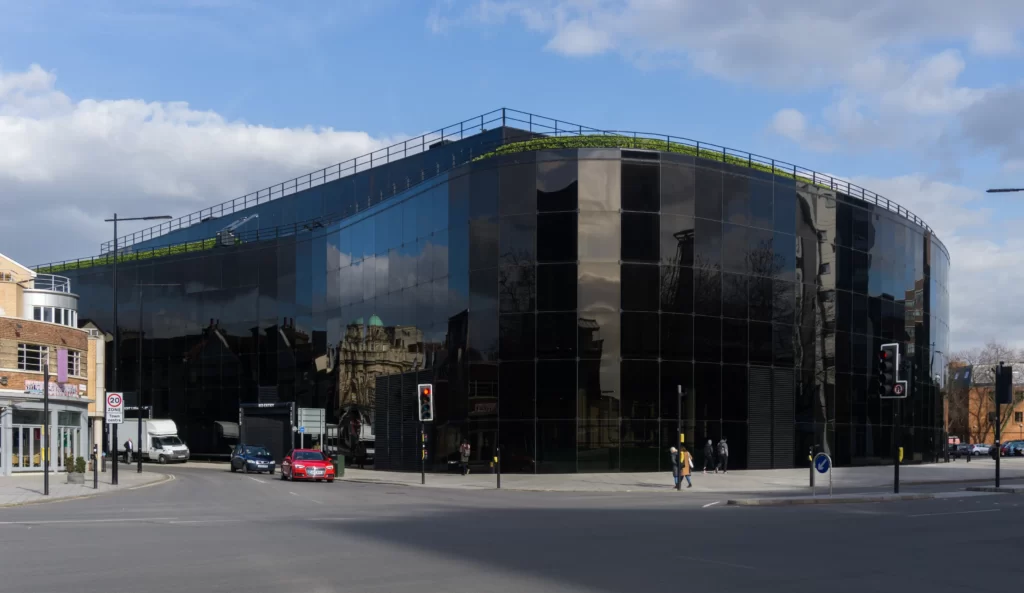
Overall, Foster’s early life and education provided him with a strong foundation in architecture and design, as well as a sense of social responsibility and a commitment to sustainability, which would become central themes in his later work.
2) Career Beginnings
After completing his education, Norman Foster began his career as an architect in the 1960s. He worked for several architecture firms before founding his own practice, Foster Associates, in 1967. During this early period in his career, Foster established himself as a talented designer and innovator, developing a unique design philosophy that would set the stage for his later success.
One of Foster’s earliest projects was the Willis Faber and Dumas headquarters in Ipswich, England, completed in 1975. The building was widely praised for its bold, modernist design, featuring a striking glass facade and a unique open-plan interior layout. This project established Foster as a leading figure in the architecture world, and it remains an iconic example of modernist design to this day.

Another important early project for Foster was the Sainsbury Centre for Visual Arts at the University of East Anglia, completed in 1978. This building was notable for its innovative use of space and light, as well as its incorporation of natural materials like wood and brick. The Sainsbury Centre was also one of the first buildings in the UK to use a computer-controlled climate system, which demonstrated Foster’s commitment to sustainability and environmentalism.
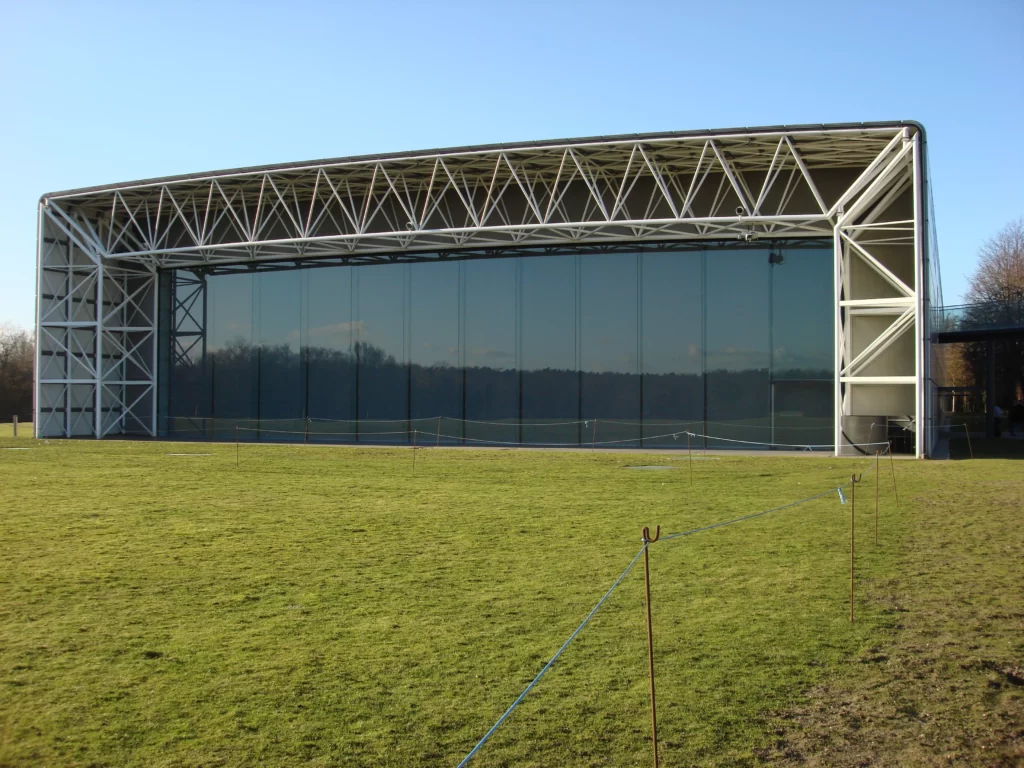
Foster continued to work on a variety of high-profile projects throughout the 1980s and 1990s, including the Hong Kong and Shanghai Bank headquarters in Hong Kong, completed in 1986, and the Reichstag in Berlin, completed in 1999. These projects demonstrated Foster’s ability to work on a large scale and to push the boundaries of design and engineering.

Overall, Foster’s early career as an architect was marked by a dedication to innovation and a commitment to sustainable design principles. His early projects set the stage for his later success, establishing him as a leading figure in the architecture world and paving the way for his future groundbreaking designs.
3) Key Works
Norman Foster’s prolific career as an architect spans several decades, during which he has designed some of the most iconic and influential buildings of our time. Here are some of his most famous and influential works:
The Hong Kong and Shanghai Bank Headquarters:

Completed in 1986, this building is one of Foster’s most famous works. It features a striking, triangular form and a series of open atria that flood the interior with natural light. The building was widely praised for its innovative design and remains a landmark of modernist architecture.
The Millennium Bridge:

Completed in 2000, the Millennium Bridge is a pedestrian bridge that spans the River Thames in London. The bridge’s elegant, minimalist design has made it a popular attraction for tourists and locals alike, and it has become an iconic symbol of contemporary London architecture.
The Reichstag:

Completed in 1999, the Reichstag is the German parliament building in Berlin. Foster’s design incorporated a stunning glass dome that provides panoramic views of the city, and it has become a symbol of Berlin’s rebirth as a modern, cosmopolitan city.
The Hearst Tower:
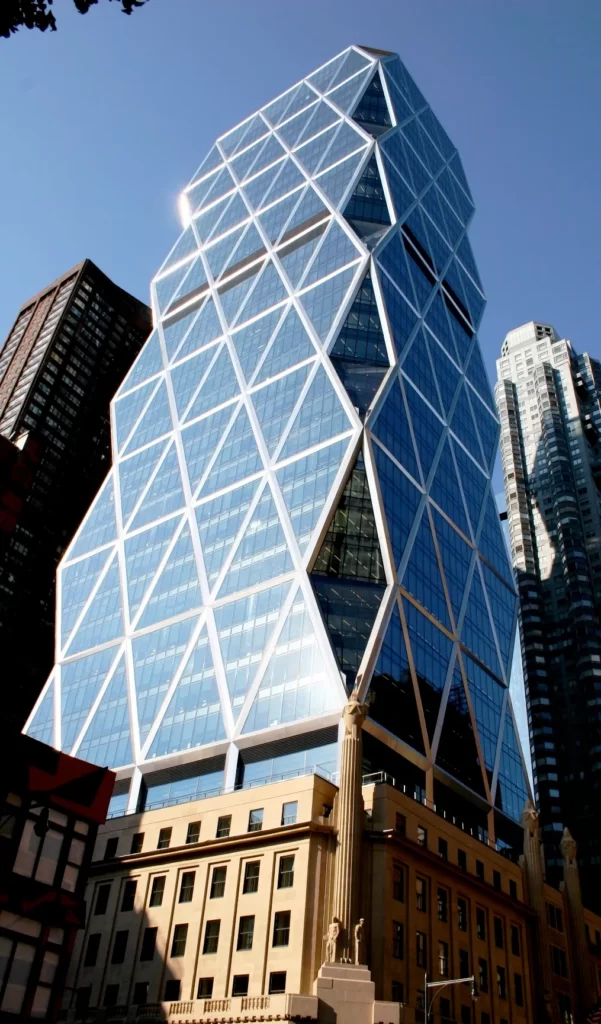
Completed in 2006, the Hearst Tower is the headquarters of the Hearst Corporation in New York City. The tower’s innovative design incorporates a historic six-story base with a modern, 46-story tower above, and it has become a model for sustainable, eco-friendly design.
The Apple Park:
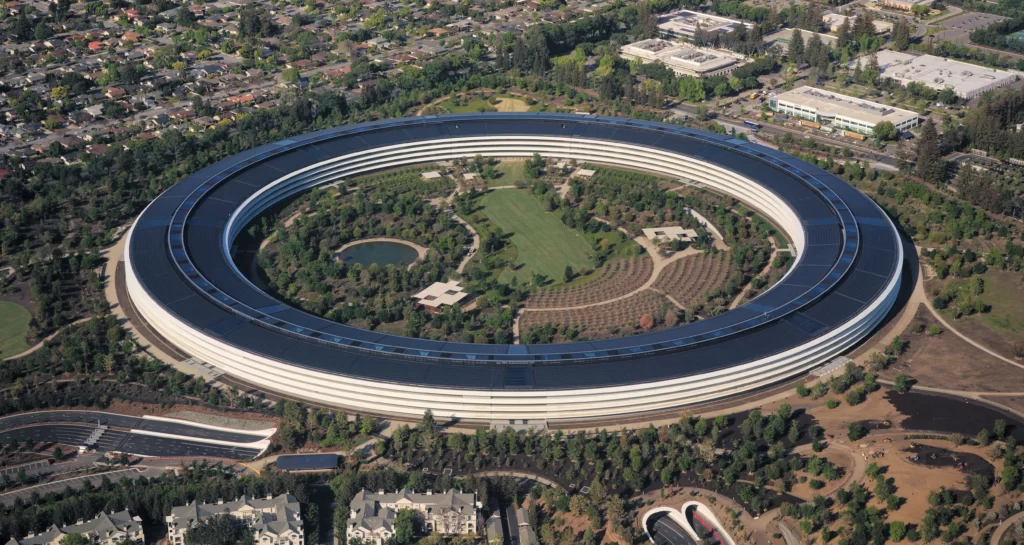
Completed in 2017, the Apple Park is the new headquarters of Apple Inc. in Cupertino, California. The park’s circular design and innovative use of glass and steel make it a stunning example of contemporary architecture, and it has been praised for its environmental sustainability.
The impact of Foster’s works on architecture and design cannot be overstated. His innovative designs and commitment to sustainability have helped to reshape the way we think about buildings and their relationship to the environment.
His use of cutting-edge technology and materials has pushed the boundaries of what is possible in architecture, and his buildings have become iconic symbols of modern design.
Overall, Foster’s contributions to the field of architecture have been immense, and his work will continue to inspire and influence architects and designers for generations to come.
4) Awards and Accolades
Norman Foster has received numerous awards and accolades throughout his illustrious career as an architect, many of which are considered among the most prestigious in the industry. Here are some of the most notable awards and recognitions that Foster has received:
- Pritzker Architecture Prize: In 1999, Foster was awarded the Pritzker Architecture Prize, often referred to as the “Nobel Prize of architecture.” The prize is awarded annually to a living architect whose work has significantly contributed to the field, and it is widely considered to be the most prestigious award in architecture.
- Royal Gold Medal for Architecture: Foster was awarded the Royal Gold Medal for Architecture by the Royal Institute of British Architects (RIBA) in 1983, becoming the youngest architect to receive the honor at the time. The award is given in recognition of a lifetime’s work and is considered one of the highest honors in the field of architecture.
- Stirling Prize: Foster has won the Stirling Prize, the UK’s most prestigious architecture award, twice – first in 1998 for the American Air Museum at the Imperial War Museum in Duxford, and again in 2004 for the 30 St Mary Axe building (also known as “The Gherkin”) in London.
- Praemium Imperiale: In 2002, Foster was awarded the Praemium Imperiale, an international art prize awarded annually by the Japan Art Association. The prize is given to artists who have made significant contributions in the fields of painting, sculpture, architecture, music, and theater/film.
- Commandeur de la Legion d’Honneur: Foster was awarded the Commandeur de la Legion d’Honneur by the French government in 1991 in recognition of his contributions to architecture.
These awards and recognitions are significant because they signify the immense impact that Foster has had on the field of architecture. They recognize his exceptional talent, creativity, and dedication to the craft, as well as his ability to push the boundaries of what is possible in the built environment.
Additionally, these awards serve to inspire and motivate future generations of architects, showing them what can be achieved with hard work, determination, and a commitment to excellence. Foster’s legacy as one of the most influential architects of our time is cemented by the numerous accolades and honors he has received throughout his career.
5) Design Philosophy
Norman Foster’s design philosophy is characterized by a deep respect for the environment, a commitment to innovative technology, and a belief in the transformative power of architecture to improve people’s lives.
Foster believes that architecture should serve as a bridge between the natural and built environments, with buildings that are both functional and aesthetically pleasing. He is known for his use of cutting-edge technologies and materials, as well as his ability to create buildings that are energy-efficient and sustainable.
Foster’s approach to architecture is rooted in his belief that every building should be designed to fulfill a specific purpose, and that form should always follow function. He emphasizes the importance of understanding the needs of the client and the end-users of a building, and seeks to create spaces that are not only beautiful but also functional and practical.
Foster also places a strong emphasis on collaboration, working closely with his clients, engineers, and other experts to ensure that his designs are as efficient and sustainable as possible.
Foster’s philosophy has had a significant impact on the architecture industry, both in terms of design and sustainability. His use of innovative materials and technologies has inspired many other architects to push the boundaries of what is possible in their own work, while his commitment to sustainability has helped to raise awareness of the urgent need to address climate change in the built environment.
Foster’s buildings are often seen as landmarks of contemporary architecture, demonstrating the possibilities of sustainable design and the potential for architecture to improve people’s lives in meaningful ways.
In addition to his contributions to the field of architecture, Foster is also known for his advocacy for the importance of design education. He believes that architecture education is critical for the future of the industry, and has supported initiatives to promote design education and mentorship programs for young architects.
Overall, Norman Foster’s design philosophy and approach to architecture have had a profound impact on the industry, inspiring a new generation of architects to create buildings that are not only beautiful but also sustainable, functional, and purposeful. His legacy as one of the most influential architects of our time is a testament to the power of design to shape the world around us.
6) Legacy and Impact
Norman Foster has had a significant impact on the architecture industry and has been a source of inspiration for many other architects. He has influenced the field through his innovative use of technology, his commitment to sustainability, and his belief in the transformative power of architecture to improve people’s lives.
Foster’s use of cutting-edge technologies and materials has inspired many other architects to explore new possibilities in their own work. His pioneering use of computer-aided design (CAD) and digital fabrication techniques has opened up new possibilities for architects to create complex forms and geometries, while his use of lightweight materials such as steel and glass has allowed architects to design buildings that are both efficient and aesthetically pleasing.
Foster’s commitment to sustainability has also had a profound impact on the industry. His buildings are known for their energy efficiency, use of renewable energy sources, and sustainable materials. His focus on sustainability has helped to raise awareness of the urgent need to address climate change in the built environment and has inspired other architects to prioritize sustainability in their own work.
In addition to his impact on the industry through his designs, Foster has also been influential in promoting design education and mentorship programs for young architects. He has supported initiatives to promote design education and has served as a mentor to many young architects throughout his career.
Foster’s legacy is one of innovation, sustainability, and a deep commitment to improving people’s lives through architecture. He will be remembered for his groundbreaking designs, his pioneering use of technology, and his commitment to sustainability. His influence on the architecture industry will continue to be felt for generations to come, inspiring new generations of architects to create buildings that are not only beautiful but also functional, sustainable, and purposeful.
7) Conclusion
In summary, Norman Foster is a highly acclaimed architect and designer who has received numerous awards and recognition throughout his illustrious career. He is known for his innovative use of technology, sustainable designs, and belief in the transformative power of architecture to improve people’s lives.
Foster’s notable awards and recognitions include the Pritzker Architecture Prize, Royal Gold Medal for Architecture, Stirling Prize, Praemium Imperiale, and Commandeur de la Legion d’Honneur.
Foster’s philosophy of design focuses on creating functional, sustainable, and aesthetically pleasing spaces that enhance people’s lives. He is known for his use of cutting-edge technologies and materials, as well as his commitment to sustainability. Foster’s designs have had a significant impact on the architecture industry and have influenced other architects to explore new possibilities in their own work.
Foster’s legacy is one of innovation and a deep commitment to improving people’s lives through architecture. He will be remembered for his groundbreaking designs, his pioneering use of technology, and his commitment to sustainability. His influence on the architecture industry will continue to be felt for generations to come, inspiring new generations of architects to create buildings that are not only beautiful but also functional, sustainable, and purposeful.
Overall, Norman Foster is an important figure in architecture and design because of his innovative approach to design, his commitment to sustainability, and his influence on the architecture industry. His legacy serves as an inspiration to architects and designers around the world to create functional, sustainable, and beautiful spaces that make a positive impact on people’s lives.